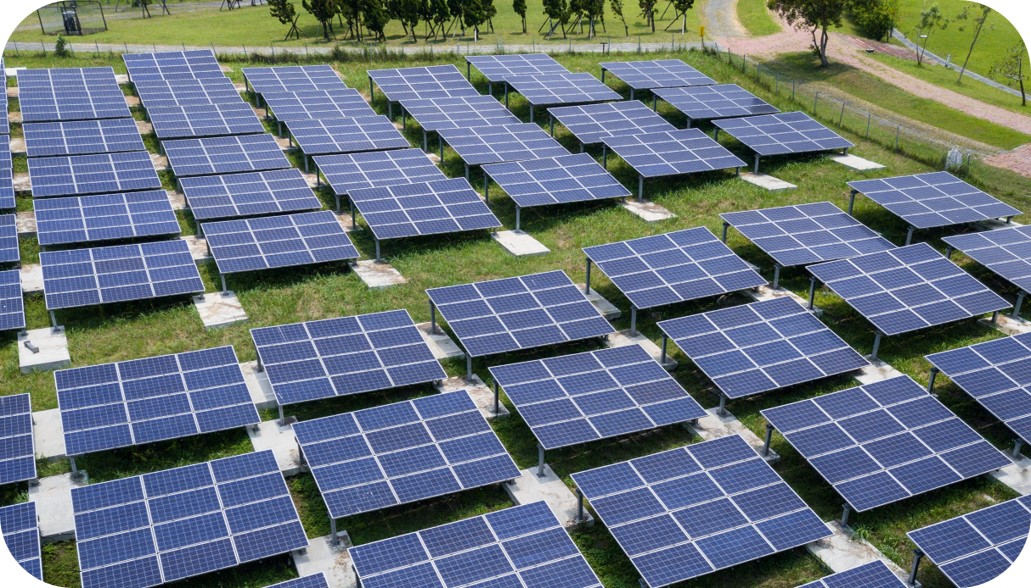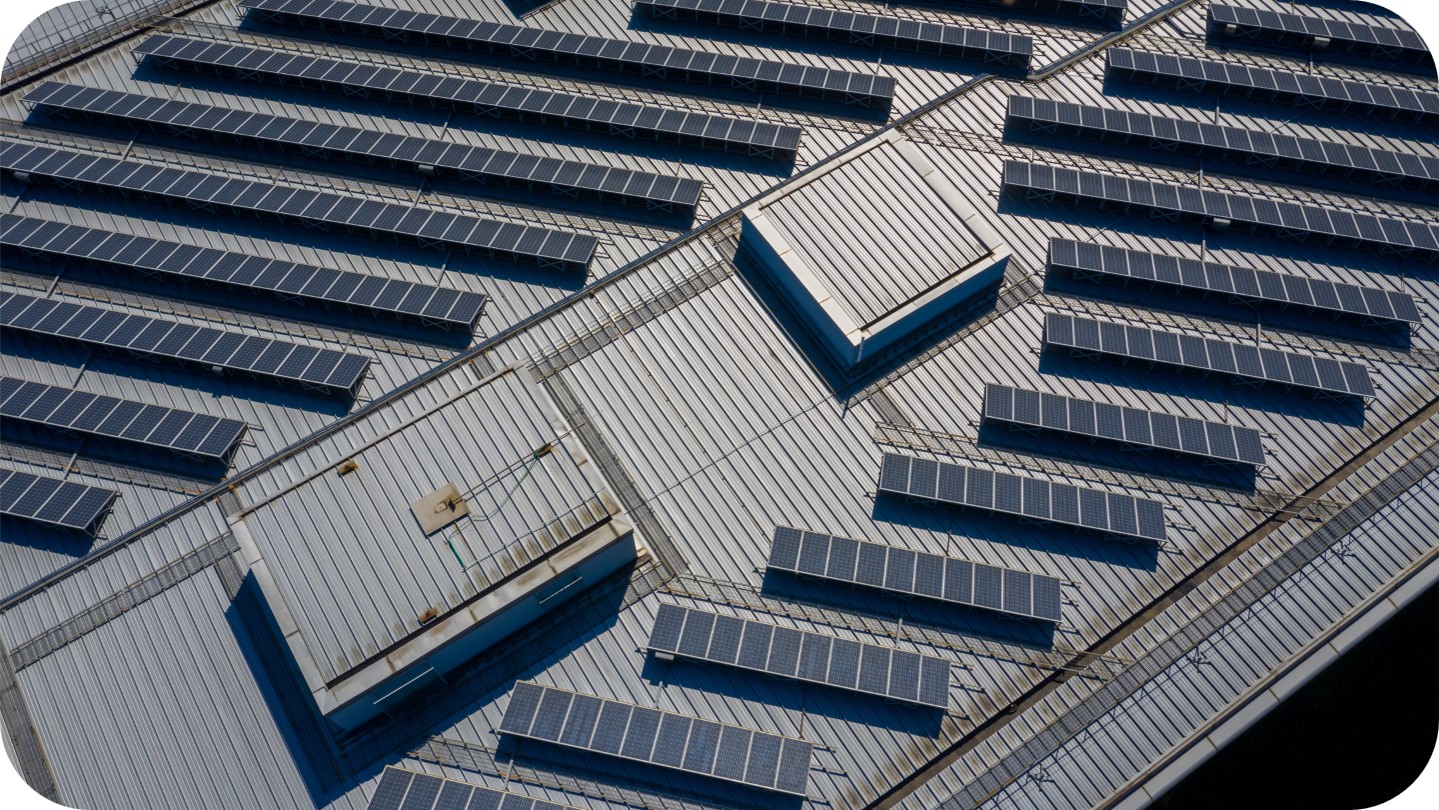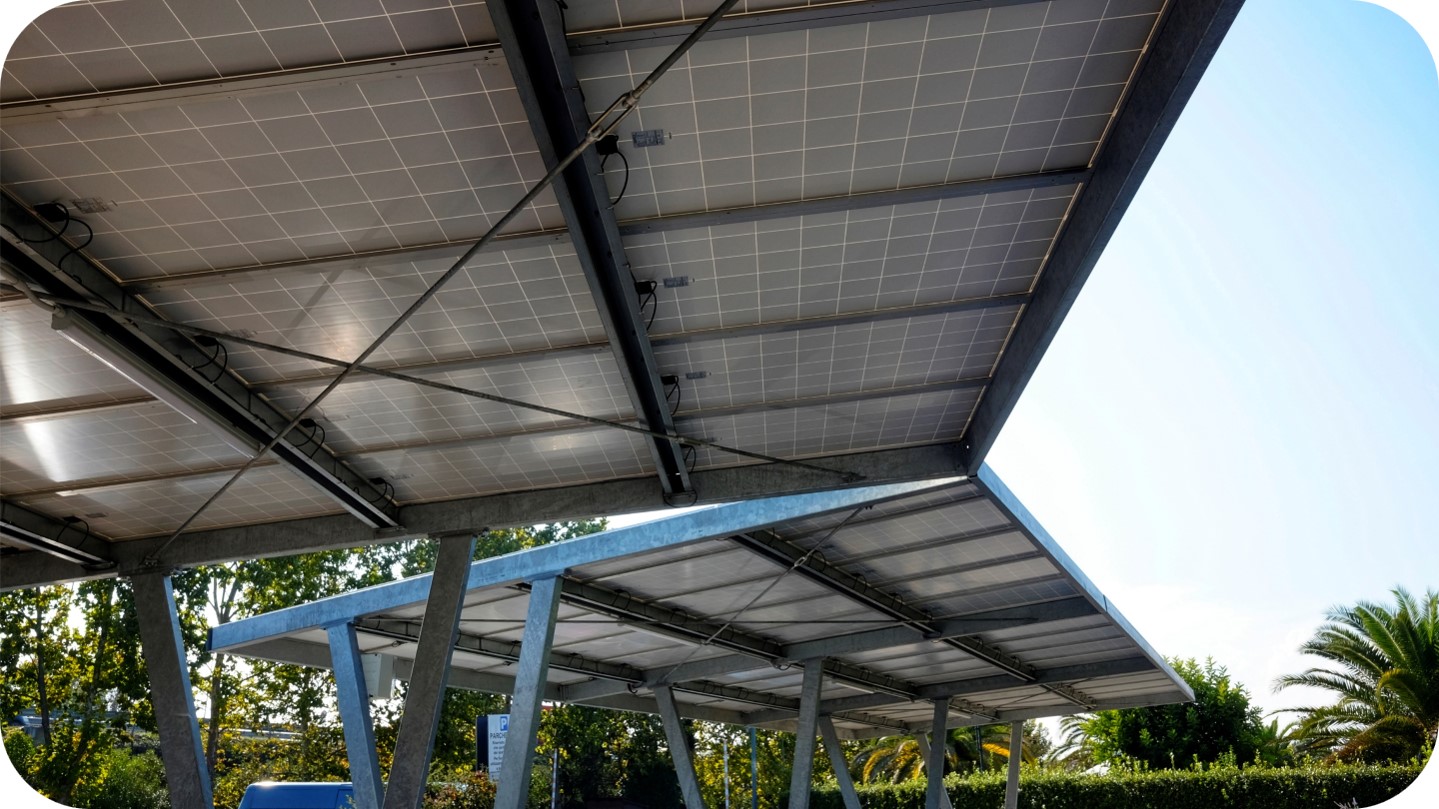Address
London, United Kingdom
Work Hours
Monday to Friday: 7AM - 7PM
We are at the forefront of solar project development, spearheading sustainable solutions that transcend the boundaries of conventional energy generation. Our journey begins with a vision deeply rooted in the utilization of solar energy to catalyze a cleaner and brighter future. Our solar projects are meticulously planned, from the initial ideation stage through to precise design, rigorous execution, and ongoing maintenance.
With an exceptional team of seasoned professionals and a relentless pursuit of innovation, our projects are strategically crafted to optimize efficiency and enhance sustainability. From site selection driven by data-driven insights to construction executed with precision, we manage every facet of the development process. Partner with us as we embark on this transformative journey, wherein solar project development is not merely a vocation but a steadfast commitment to pioneering sustainable solutions.


Very eco-sufficient systems to power entities in remote areas such as irrigation pumps, residential buildings without electricity infrastructure and factories having unstable electricity supply.


Exploiting the Feed in Tariff and Feed in Premium regulations, On-Grid solar systems is widely used in many energy applications to reduce the carbon emissions and save the electricity bills.


LED solar street lighting is much more economical and ecological efficient than conventional light, especially in remote roads without electricity infrastructures.


Suitable for parking slots in the residential, commercial and industrial applications to charge the Electric Vehicles or power the lighting systems in there.
The process begins with identifying suitable locations for solar installations. Site assessments are conducted to evaluate factors like solar irradiance, shading, topography, soil quality, and environmental impacts. The goal is to select sites that maximize energy generation potential while minimizing potential challenges.
Solar projects must adhere to various local, state, and federal regulations and obtain the necessary permits and approvals. This includes zoning permits, environmental impact assessments, grid interconnection agreements, and compliance with building codes.
A comprehensive financial analysis is performed to assess the project’s economic viability. This includes estimating upfront costs, calculating potential revenue from energy generation, considering tax incentives and subsidies, and evaluating financing options.
Depending on the site characteristics and project goals, the appropriate solar technology is chosen. This may involve selecting between photovoltaic (PV) solar panels or concentrated solar power (CSP) systems.
Detailed engineering and design plans are developed for the solar installation. This includes designing the layout of solar panels, electrical systems, support structures, and any required infrastructure.
Procurement involves sourcing and acquiring the necessary solar components such as panels, inverters, mounting structures, and electrical equipment. Efficient procurement strategies are crucial for obtaining high-quality materials at competitive prices.
Coordination with utility companies is necessary to establish a connection to the electrical grid. Grid interconnection agreements, metering arrangements, and system performance standards must be addressed.
The actual construction phase involves site preparation, installation of solar equipment, electrical work, and quality control to ensure that the solar installation is built to specification.
An O&M plan is developed to monitor and maintain the solar installation over its operational life. Regular inspections, cleaning, and equipment maintenance are essential to ensure peak performance.
Implementing a monitoring system is critical for tracking energy production and system performance. Data analysis helps identify issues, optimize energy output, and ensure the system operates as expected.
Environmental impact mitigation measures are implemented, and community engagement efforts may be undertaken to address local concerns and promote transparency.
Adequate insurance coverage is secured to mitigate potential risks, such as equipment damage, weather-related losses, and liability issues.
After the project is operational, a post-project evaluation assesses its performance, financial outcomes, and lessons learned to inform future developments.
